Dermal fillers are extremely popular and effective non-surgical treatments that can help improve the appearance of facial lines, wrinkles, and contours, resulting in an improved and more youthful appearance.
These fillers, when appropriately administered, are designed to create a natural and youthful appearance that can encompass and revitalize the entire face. This includes adding lift to the cheeks and mid-face, enhancing the volume of the lips, adding definition to the contours of the face, diminishing the appearance of deep facial lines and acne scars, and much more. Cosmetic fillers can significantly improve facial appearance without the downtime of surgery performed at the office in a single session with long-lasting results. When the appropriate filling agent and technique are used, the results are not only dramatic but are natural in appearance.
There are two main categories of injectable fillers: temporary injectable fillers and semi-permanent/permanent injectable fillers. In most situations, however, temporary injectable fillers are preferred with the most popular and effective of these being hyaluronic acid gels. Hyaluronic acids are naturally produced by the body.
In the skin, hyaluronic acids serve the important function of helping maintain volume and a youthful appearance of the skin.
There are several FDA-approved brands of hyaluronic acid dermal fillers. Dr. Fagien & Dr. Vaca offer several different brands including Juvéderm, Restylane, and RHA.
Each of these brands has several unique varieties that differ significantly and relate to how these particular products are manufactured to perform. These individual formulations exhibit unique properties that are selected to provide the best solution to a patient’s unique presentation.
Depending on your individual concerns, Dr. Fagien and Dr. Vaca can recommend a treatment plan and filler selection to best address your cosmetic concerns.

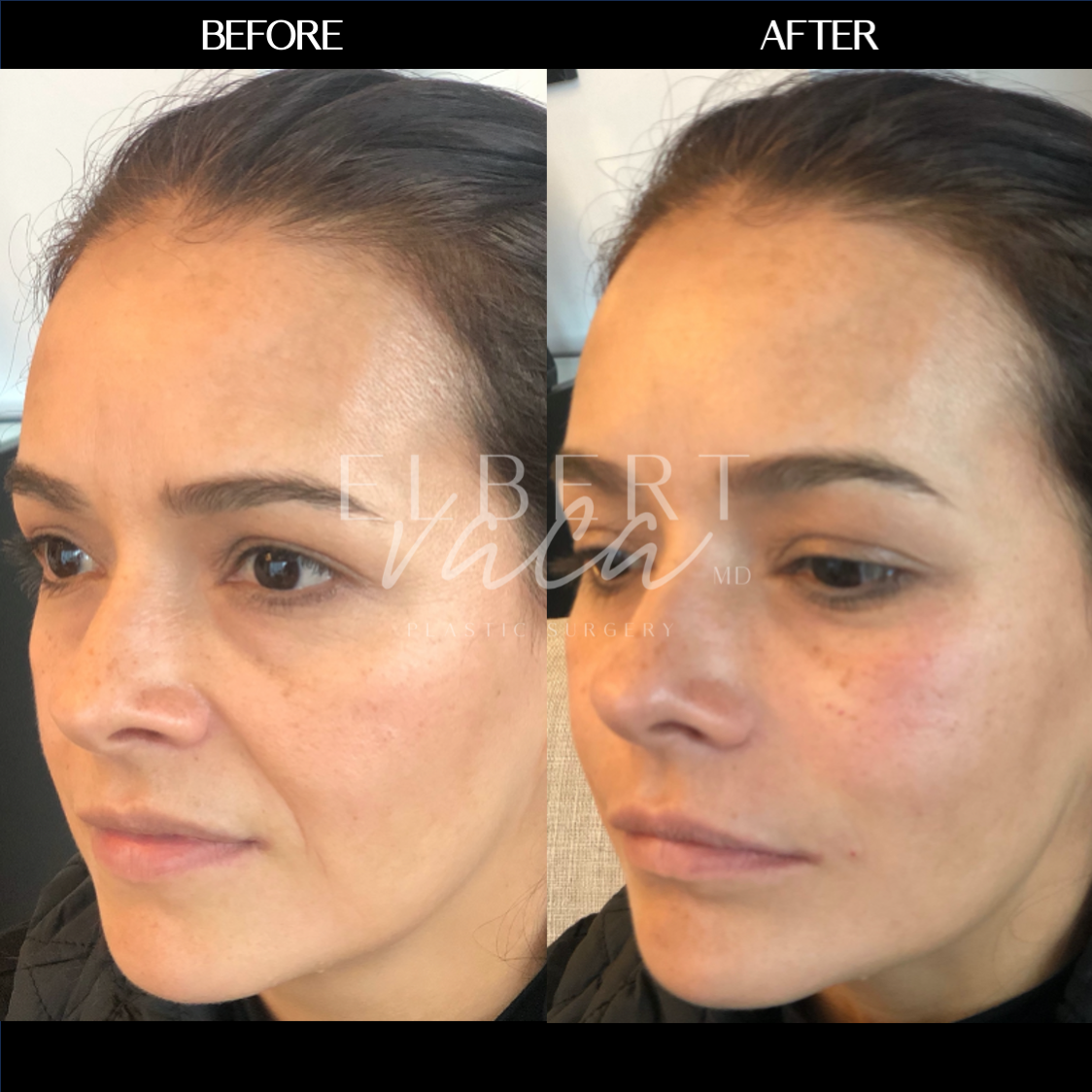


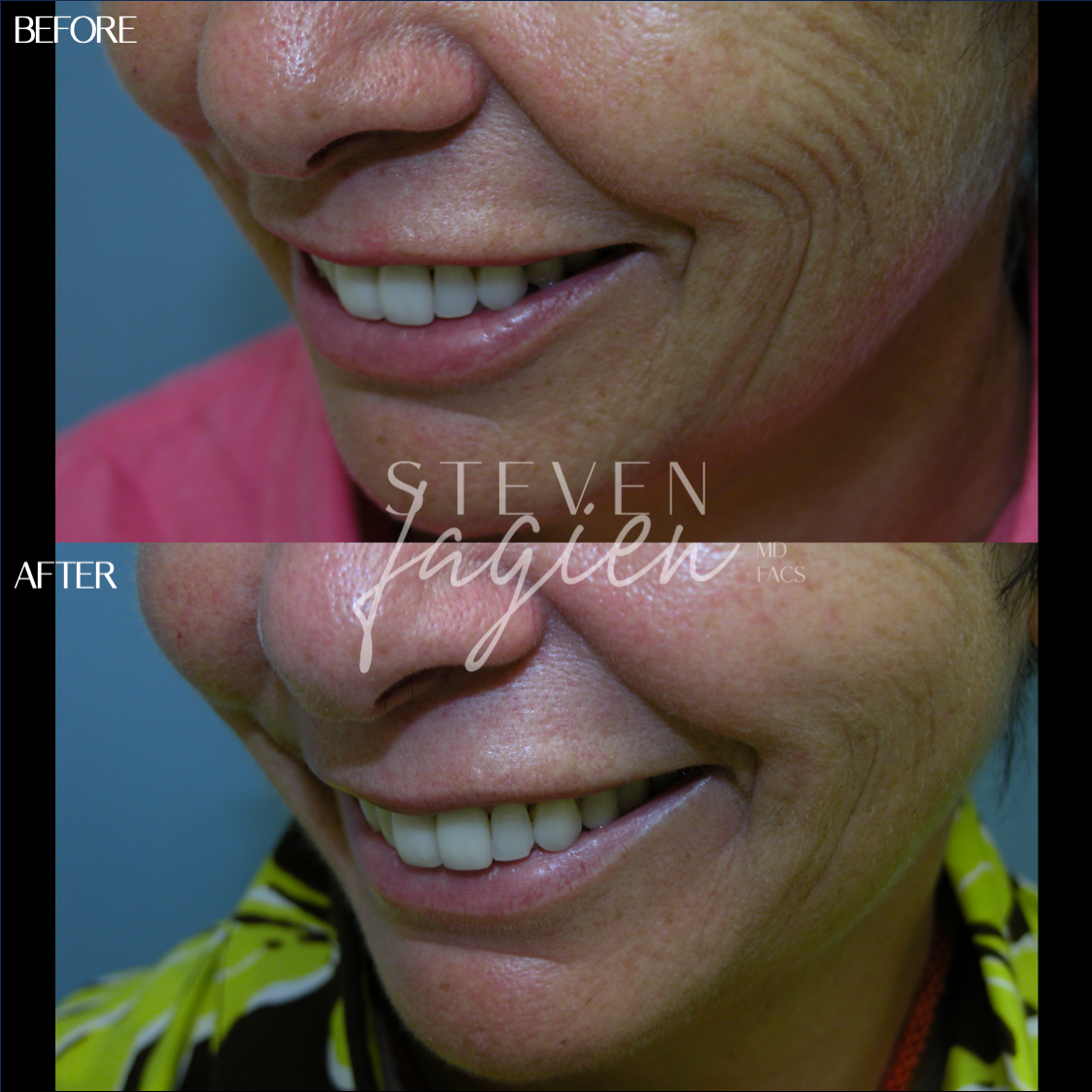
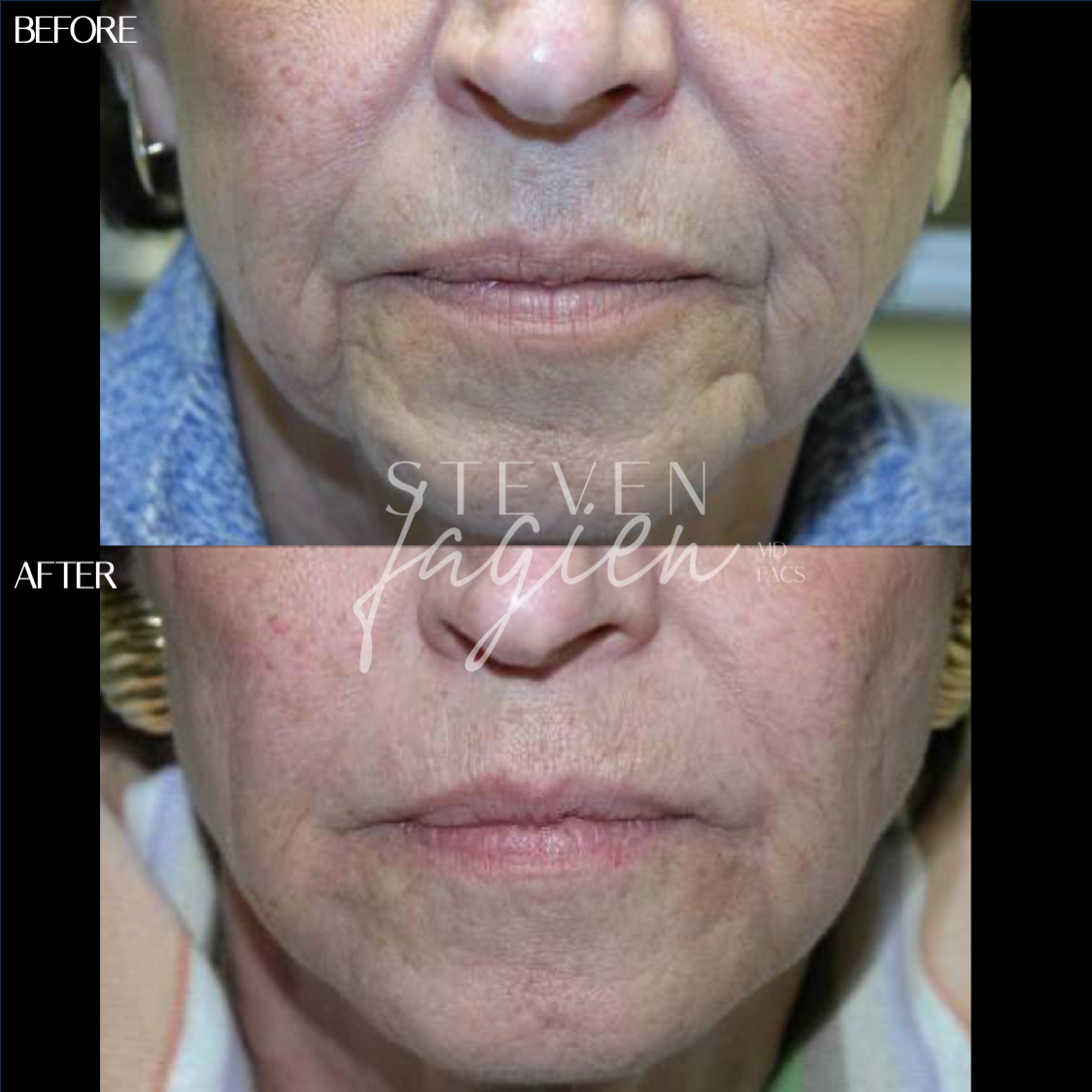
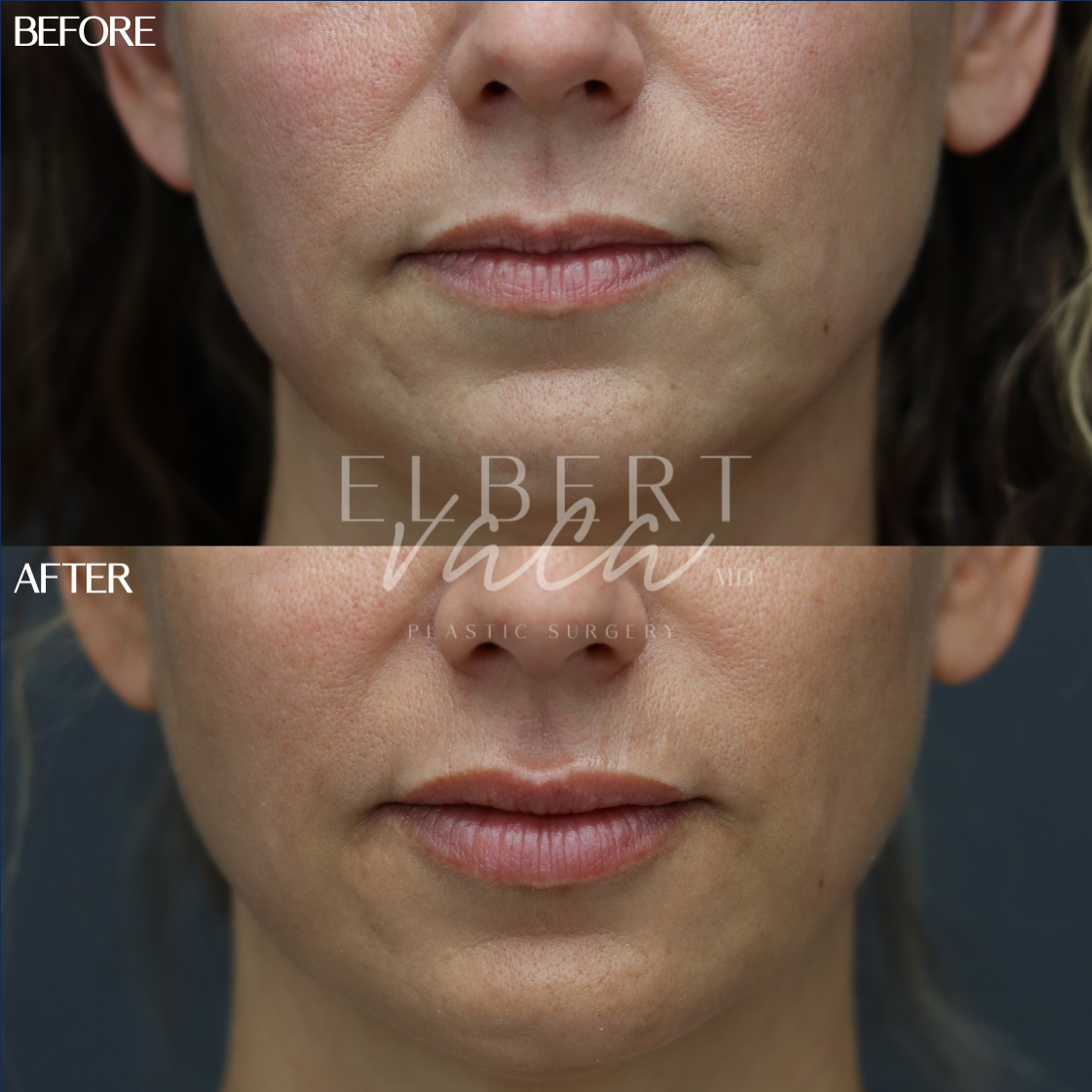
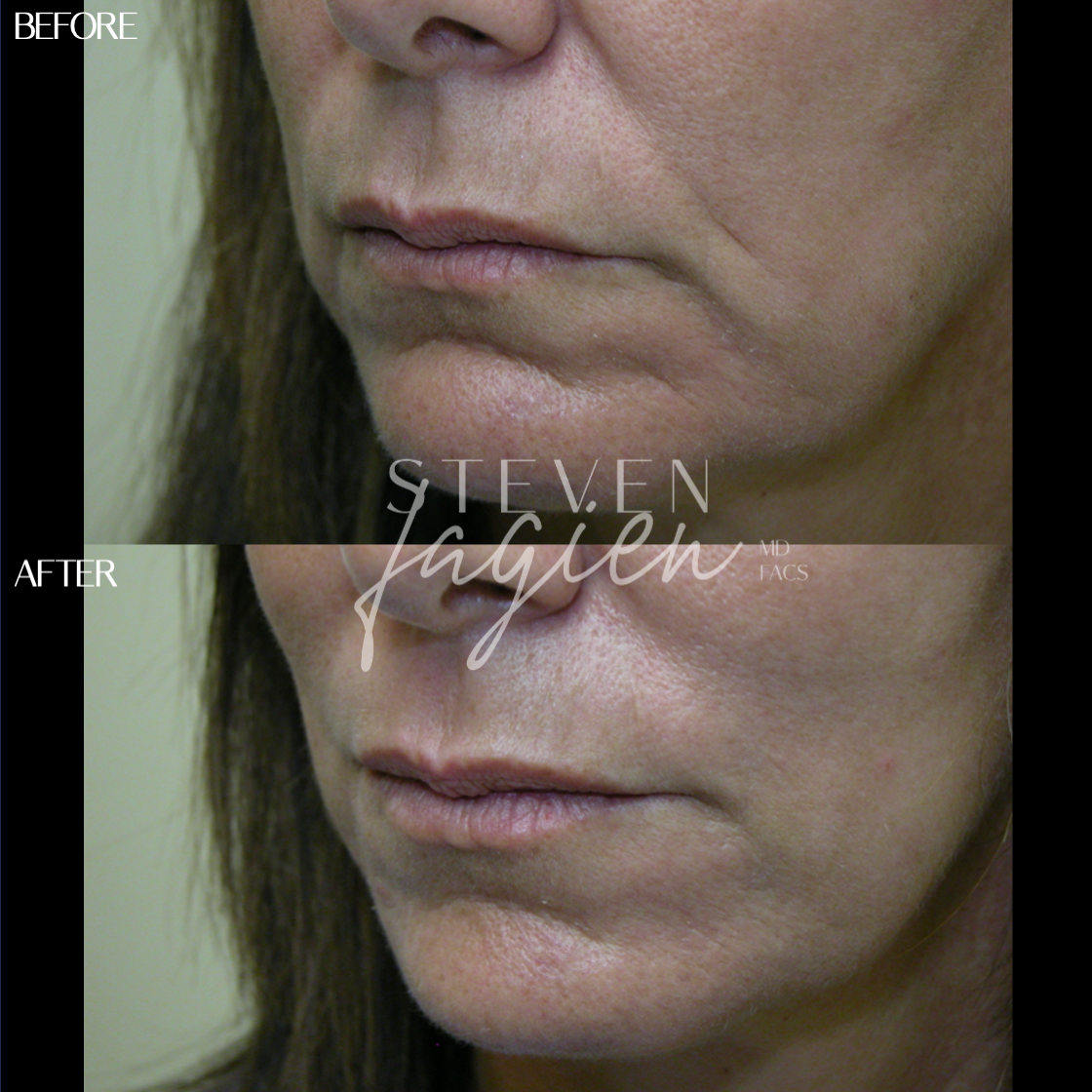
Hyaluronic acid fillers are commonly used for cosmetic purposes to reduce the appearance of wrinkles, fine lines, and facial folds. They work by attracting fluid and providing hydration to the surrounding tissue. Hyaluronic acid is a natural compound found in the body that helps to hydrate and plump the skin, and the fillers made from it are safe and effective.
The duration of the results of hyaluronic acid fillers can vary depending on several factors, including the type and amount injected, as well as the individual's metabolism. Generally, the effects last between 6 to 24 months, but this can vary from person to person.
To achieve natural-looking results with hyaluronic acid fillers, it's essential that the healthcare professional who performs the injection has expertise and experience in placing the filler in the right areas and amounts. Overfilling or improperly placing the filler can result in an unnatural appearance and may even cause complications.
Most hyaluronic acid fillers, like many other types of dermal fillers, offer temporary results that can last anywhere from several months to up to two years, depending on the specific product used and the individual's metabolism. As the body naturally metabolizes the filler over time, the effects gradually wear off, and the treated area may return to its previous appearance.
The application of hyaluronic acid fillers can cause some discomfort, but healthcare professionals typically use various methods to minimize any pain or discomfort; while the injection process can cause some temporary discomfort, most patients find that it is well-tolerated and not overly painful. The duration of the discomfort can also vary depending on the individual, the type and amount of filler used, and the location of the injection.
While hyaluronic acid fillers are generally considered safe, there are some potential risks and side effects. These can include bruising, swelling, redness, tenderness, infection, or allergic reactions. Always remember to discuss any concerns with a qualified healthcare professional before the procedure.
Yes. Hyaluronic acid fillers can be dissolved using an enzyme called hyaluronidase. This provides an additional level of control over the results and allows for adjustments if needed.